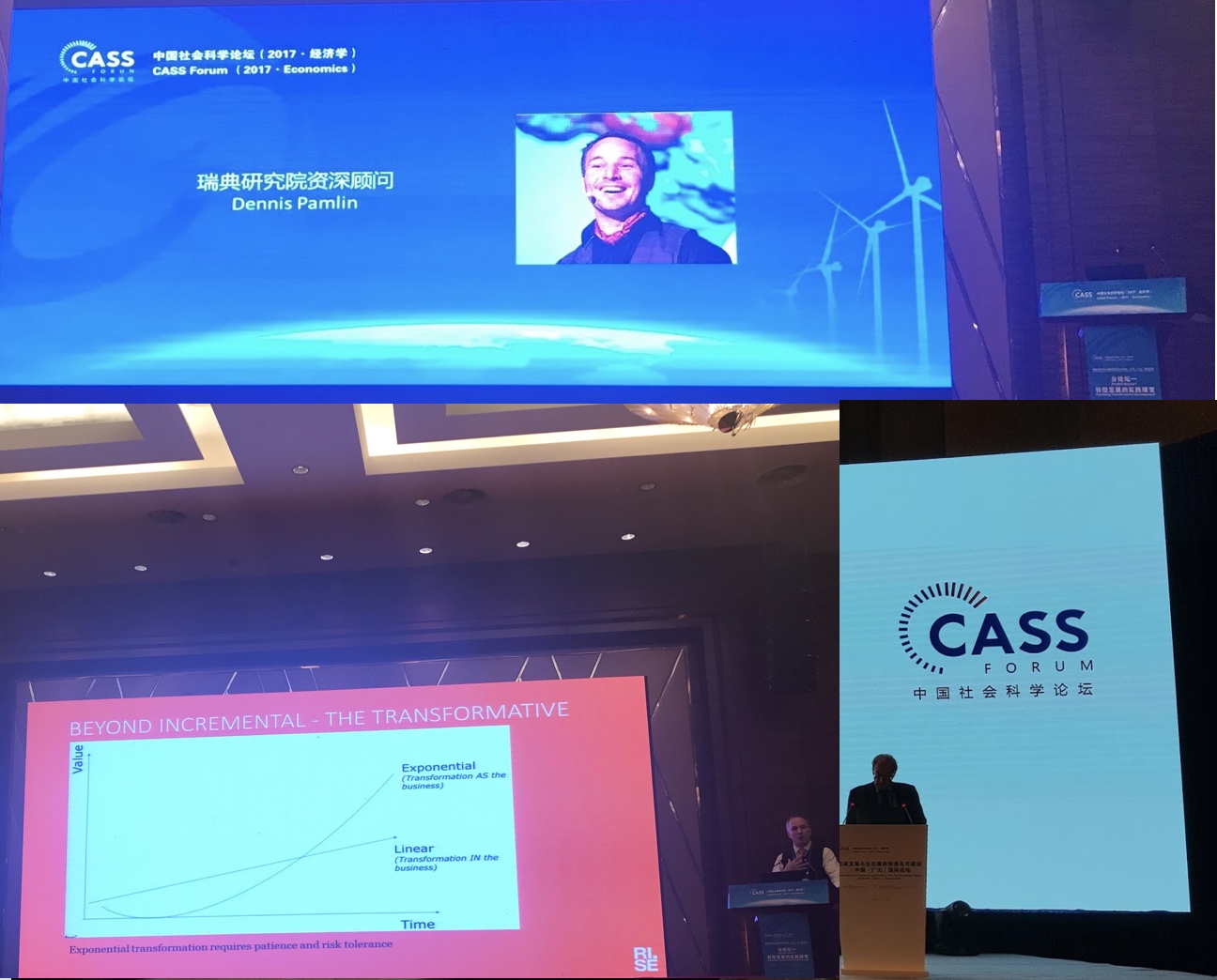Winners in GlobalFOCUS essay competition: Round two
/ It is already the second round of winners from Sweden in the essay competition that GlobalFOCUS started a year ago. Four great winners: Cherie Pik Yee Ho and Liv Eriksson for an essay about Venture Cap and Clean-Tech. Emma Palmgren och Jorge Luis Zapico for an essay about sustainable urban ICT solutions.
It is already the second round of winners from Sweden in the essay competition that GlobalFOCUS started a year ago. Four great winners: Cherie Pik Yee Ho and Liv Eriksson for an essay about Venture Cap and Clean-Tech. Emma Palmgren och Jorge Luis Zapico for an essay about sustainable urban ICT solutions.
As part of the Jury this was our motivation:
1.Closing the Gap”, by Liv Eriksson and Cherie Ho
In a world in urgent need of new business solutions “Closing the Gap”, by Liv Eriksson and Cherie Ho is a welcome and important contribution. With focus on what the planet needs and the market can deliver, given the right framework, the authors use a methodology that focus on practical solutions and possible ways forward for further research in one of the most important issues today: The need for rapid growth of clean-tech companies.
The need to ensure that the definition of "clean-tech" make sense in the countries that will use them is made clear, something that is often forgotten in OECD countries only looking for export opportunities. The global and action oriented perspective, including the needs in the emerging markets, is taken for granted in a way that should be an example for business students all over the world these days.
2. “Multimedia applications for a sustainable urban lifestyle” by Emma Palmgren and Jorge Luis Zapico
With rapid technological development, basically all of the future population growth taking place in cities, and about 70% of the CO2 emissions from urban areas the intersection between these issues needs much more attention in society. “Multimedia applications for a sustainable urban lifestyle” by Emma Palmgren and Jorge Luis Zapico provides a much needed contribution to the discussions about technology, lifestyles and climate change. The authors provide a sober and challenging assessment of the significant potential of information and communication technologies (ICT) based on real needs and existing opportunities.
In a few years maybe we will see these winners delivering results on a global level…
































